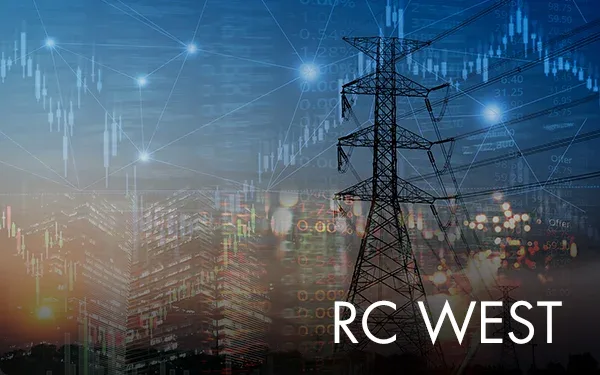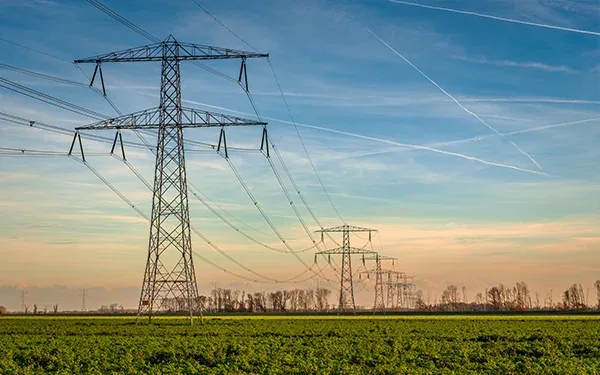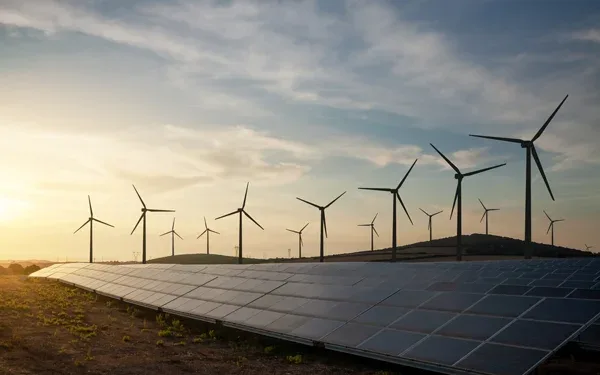A better way to address interconnections

With the state’s vastly accelerated pace of new resources that need to be connected to the grid and the more than doubling of interconnection requests in recent years, just about everyone involved in the process seems to agree improvements need to be made in how resource interconnections are addressed given these new circumstances.
Exactly how we get there is what we will be working with our stakeholders to establish in the weeks and months ahead.
A big reason driving the need for change is that many of the interconnection requests the ISO receives are located in areas that regulators and load-serving entities have not considered optimal for additional transmission development. Also, in the optimal areas, developers submit an excessive volume of interconnection requests. Together, these factors have overwhelmed the current interconnection study process.
As a result, developers are forced to wait much longer before receiving their results about being able to compete in resource procurement processes. Likewise, load-serving entities are unsure how and when they can connect procured resources to the grid. And the public suffers as it awaits these new resources coming online.
What we are striving to achieve in 2023 is a re-imagining of the interconnections process. Decisions about resource procurement and the interconnection queue should be effectively shaped and informed to take advantage of transmission and interconnection capacity that exists or is already planned and under development. It is also important that our process be optimized for transmission upgrades California knows it will need for longer-term resource development, such as out-of-state and offshore wind.

We have become convinced these and other transformational changes related to interconnections and transmission planning are essential for California to meet its reliability and decarbonization goals in a timely and cost-effective manner.
Toward that end, the ISO published a new issue paper and straw proposal on March 6 that is part of a larger set of foundational framework improvements we have coordinated with the California Public Utilities Commission (CPUC) and the California Energy Commission (CEC).
Our strategic framework on that effort is set forth in a joint Memorandum of Understanding (MOU) signed in December 2022 by the ISO, CPUC, and CEC. The MOU establishes the direction for tightening linkages among resource and transmission planning activities, interconnection processes and resource procurement so these processes are working in harmony, proactively and aligned in ways to help the state meet its clean-energy policy objectives.
During a 2 ½-hour stakeholder call with more than 200 participants on March 13, we walked through our straw proposal, including the new schedule for the next interconnection request window. Track 1 deals with immediate adjustments needed to the schedule for processing and studying Cluster 15 interconnection requests scheduled to come in through the normal April 3-17 open window. This will allow time for the completion of the Track 2 larger process changes so that they can be applied to Cluster 15 projects, and also allow Phase 2 of Cluster 14 study requests to proceed, giving load-serving entities a large pool for procurement, which the system needs. However, we would delay validation of Cluster 15 requests until the Cluster 14 Phase 2 studies and results meetings have been completed, currently scheduled for February 22, 2024. That means we currently do not anticipate beginning Cluster 15 studies until 2024.
My colleagues and I at the ISO appreciate the comments, concerns, and ideas shared during the robust stakeholder call and were encouraged to have so many participants. Among other things, we heard concerns that somehow we are trying to limit competition from developers interested in connecting to the grid, but that’s not our intention. Our goal is to adjust our processes so we are not bogged down by the excessive requests we’ve seen the past several years, which have become a barrier to fair competition and getting resources connected in a timely manner.

Once we have received all stakeholder feedback on the position paper published March 6 and the stakeholder call held March 13, we will develop the schedule for stakeholder engagement on Track 2, which focuses on the transformative changes to the interconnection process needed to achieve the strategic direction spelled out in the joint MOU.
We have put forward some very consequential – and perhaps controversial - proposals for discussion with our stakeholders. Among other things, Track 2 proposes accepting or processing only interconnection requests where the transmission system has available existing or planned capacity. Track 2 also proposes right-sizing the number of interconnection requests in a study area based on transmission capacity being planned for that area. As was stated in the call this week, our intention is to have a final proposal on Track 2 to the ISO Board of Governors in December.

We have asked for written comments to be submitted on the issue paper and straw proposal by March 27 and look forward to studying the different stakeholder ideas that will help inform the final version. For Track 1, addressing the more pressing Cluster 15 schedule issues, our schedule calls for proposed tariff language and the final proposal to be published April 10, with comments due by April 24. We have scheduled another stakeholder call on May 1 and anticipate going to the ISO Board of Governors for Track 1 of the 2023 Interconnection Process Enhancements at the Board’s May 17 meeting.
As my colleague Bob Emmert stressed a number of times during the March 13 call, our draft proposal represents our best thinking on the issue right now, after several years of other enhancements that, while helpful, were not focused broadly enough to address the current level of procurement. If stakeholders identify better ways to ensure that procurement, transmission planning, and interconnections are synchronized for a timelier, more efficient process, we are open to those ideas and absolutely happy to take them into consideration as the proposal moves forward.


